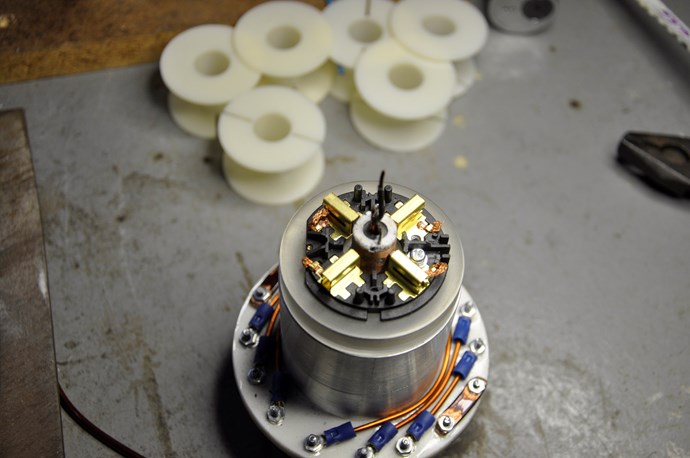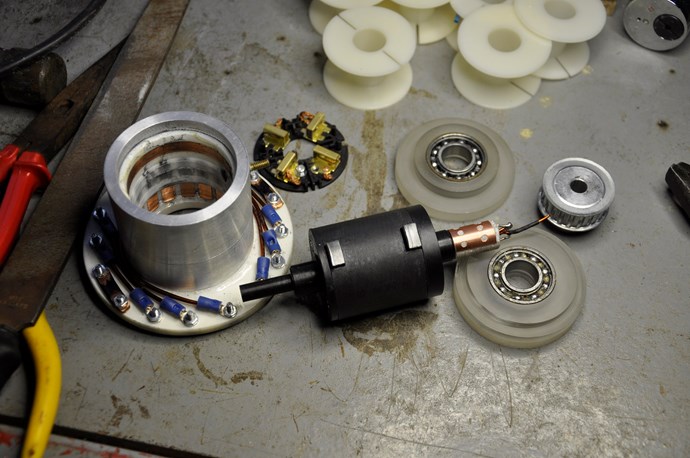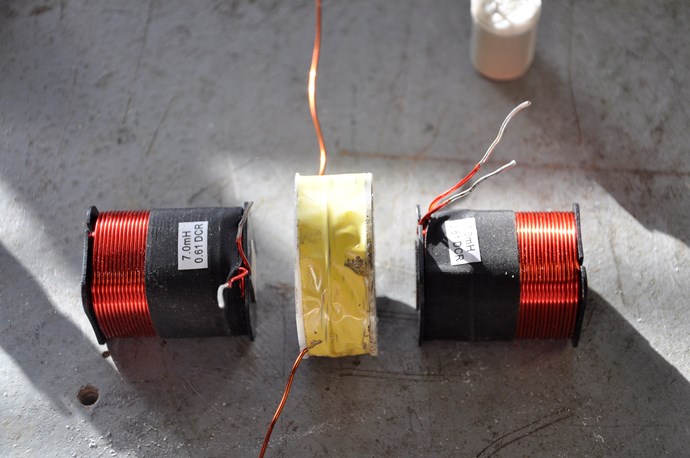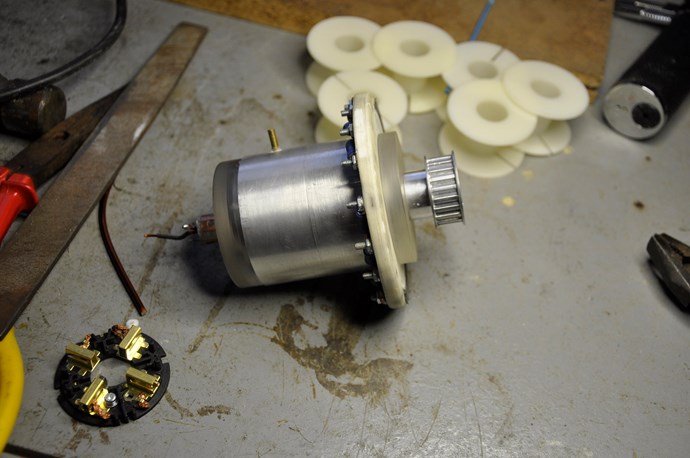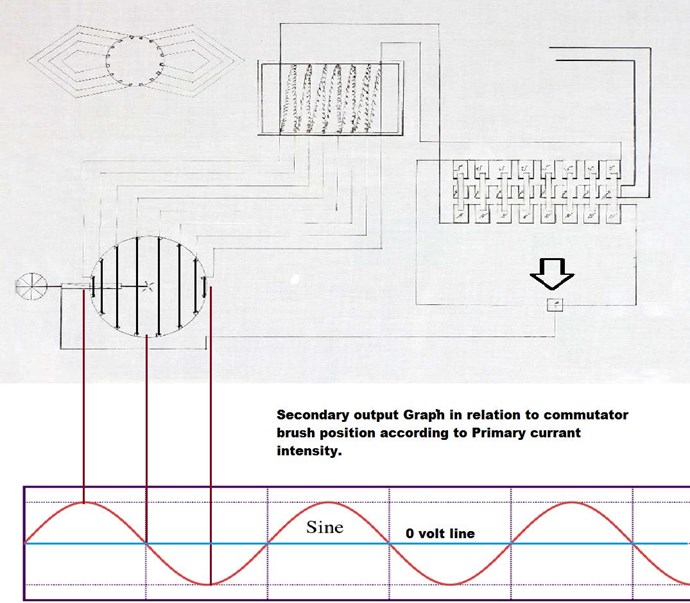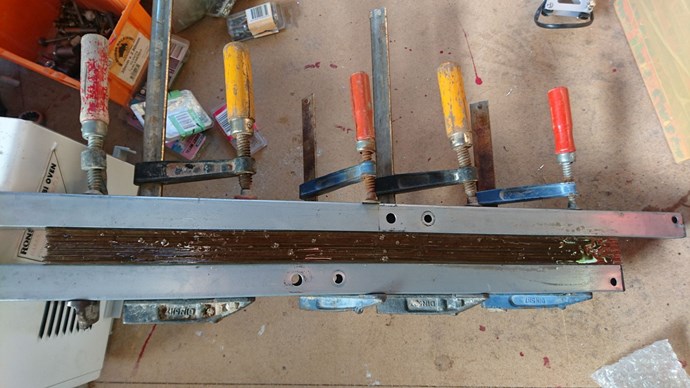@Marathonman
Cheer up...
What happens in the Figuera device I think is something more than a current pumping in the armature, caused by the back and forth movement of the magnetic field lines of the armature that is confined between the two Bloch walls, but I do not know why. it may be due Added feedback, maybe?
I have thought to make my cores with sweet iron rods (electrodes without coverage) of a size of two inches in diameter, and a length of four inches. The enameled copper wire of 1 mm will be fine for the inductors?
The armature will do it with a core equal to that of the electromagnets and an inch and a half long, with 0.3mm enameled copper wire.
A set of 6 pick-up coils with 12 electromagnets, shaped like honeycomb, configured for 1000 w each coil, could be suitable.
For the G part I think that a C core or a flat disk could be adequate. Correct me if I'm wrong, please.
Ah! One question: Could two threads be used in parallel for part G, instead of one? I don't know. It's a mistake?
Regards...
(Editado)
![]()



















